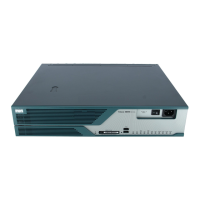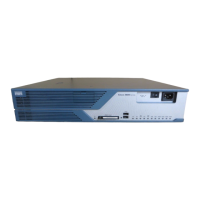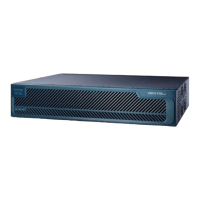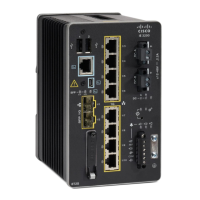172
Cisco 3900 Series, Cisco 2900 Series, and Cisco 1900 Series Integrated Services Routers Generation 2 Software Configuration Guide
Chapter Unified Communications on Cisco Integrated Services Routers
Call Control Protocols
Cisco Unified SIP Proxy (CUSP)
The Cisco Unified SIP Proxy (CUSP) is a high-performance, highly available Session Initiation Protocol
(SIP) server for centralized routing and SIP signaling normalization. By forwarding requests between
call-control domains, the Cisco Unified SIP Proxy provides the means for routing sessions within
enterprise and service provider networks.
To configure CUSP features, see Configuring Cisco Unified SIP Proxy Version 1.1.3 for an Enterprise
Network at:
http://www.cisco.com/en/US/docs/voice_ip_comm/cusp/rel1_1_3/configuration/guide/cuspgd113.html
Gatekeeper
An H.323 Gatekeeper is an optional node in an H.323 network that manages endpoints (such as H.323
terminals, gateways, and Multipoint Control Units (MCUs), as well as Cisco Unified Communications
Manager Express and Cisco Unified Communications Manager clusters). An H.323 Gatekeeper provides
these endpoints with call routing and call admission control functions. The endpoints communicate with
the Gatekeeper using the H.323 Registration Admission Status (RAS) protocol.
The H.323 Gatekeeper is a special Cisco IOS software image that runs on the Cisco ISR platforms and
the AS5350XM and AS5400XM Universal Gateway platforms. The Cisco IOS H.323 Gatekeeper is an
application that acts as the point of control for a variety of voice and video components that can be
attached to an IP network such as IP telephony devices, IP-PSTN gateways, H.323 video conferencing
endpoints, and H.323 multipoint control units while facilitating buildout of large-scale multimedia
service networks.
To configure Gatekeeper features, see Configuring H.323 Gatekeepers and Proxies at:
http://www.cisco.com/en/US/docs/ios/12_3/vvf_c/cisco_ios_h323_configuration_guide
/old_archives_h323/5gkconf.html.
Call Control Protocols
The Cisco 3900 series and Cisco 2900 series ISRs support the following type of call control protocols:
• Trunk-side Protocols, page 172
• Line-side Protocols, page 173
Trunk-side Protocols
The Cisco 3900 series and Cisco 2900 series ISRs support the following trunk-side call control
protocols:
• Session Initiation Protocol (SIP), page 173
• Media Gateway Control Protocol (MGCP), page 173
• H.323, page 173

